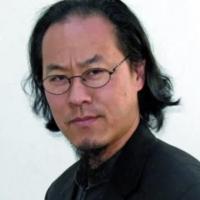Genuine Okinawan Karate was developed as a fighting tool.
Non-Okinawan Karate is for other purposes.
Karate practitioners and everyone caring about Asian martial arts and its culture will enthusiastically appreciate this eye-opening work.
Dr. Bayer further reveals how the art of karate was used to prepare a nation (Japan) for total war, how it became Japanized and commercialized in the postwar period, and how its following transformation into athletic showmanship destroyed the art’s unity and distinctiveness.
Without denigrating karate’s later developments, Bayer endorses karate-jutsu as a genuine Okinawan martial art and identifies the social forces that turned this local fighting art into a symbol of national identity.
Martial arts were initially understood as a morally neutral tool, like a weapon, contrary to the modern understanding of karate as a peaceful art centered on nonviolence. In truth, moral codes, or guidelines on how to use this tool were developed separately, not within the art.
Today, a “back to the roots” karate-jutsu movement is arising as a counterweight to karate-do’s industrialization, helping to integrate some neglected aspects of karate-jutsu back into karate-do. Such a development brings Japanized versions closer to their martial origins, while pure karate-jutsu will be preserved as a point of reference by a group of dedicated curators.
Supported by historical facts, scientific analysis, and public records, Dr. Bayer reveals the complex evolution of karate and the unsettled claims made upon it by various stakeholders..




